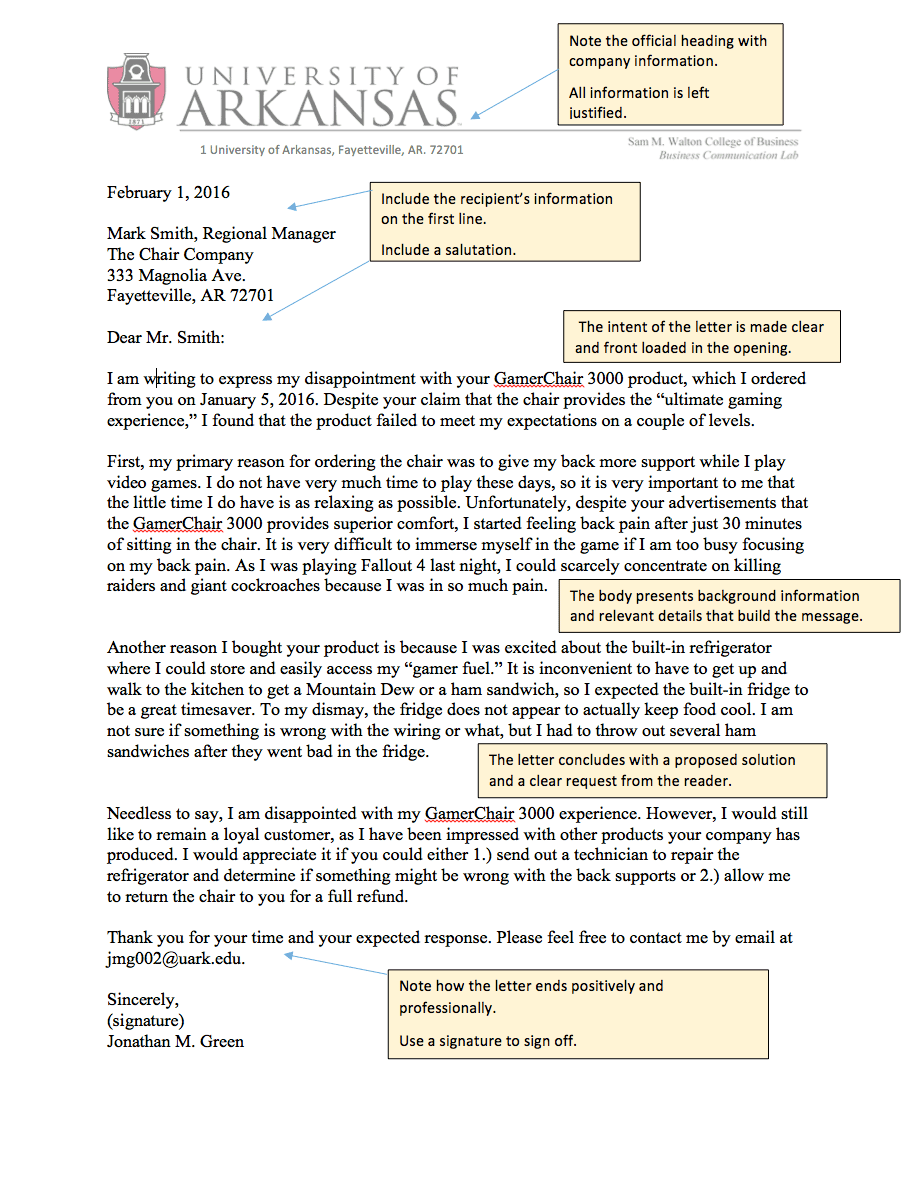Synthesis
Synthesis is the bringing together of multiple texts. A synthesis shows how two or more texts overlap or diverge from each other, either in terms of their content (subject matter) or their style (the way that the texts appear).
Based on this definition, synthesis may sound similar to a compare-and-contrast type of essay. However, synthesis entails more than just finding the similarities and differences between texts. The purpose of a synthesis is to bring multiple texts together in order to make some larger statement or prove a thesis or claim.
Examples of synthesis:
- A historian uses information from several sources (e.g., books, interviews, scholarly articles, field research) to support her thesis that humans evolved from an undiscovered species. The historian is synthesizing this information to produce a more convincing argument.
- A pre-med student writes a literature review at the beginning of her research paper on the respiratory system. In the literature review, she summarizes all of the most important texts on the respiratory system. The student is synthesizing these texts in order to (1) demonstrate that she is well educated on the subject matter and (2) differentiate her research from all of the research that has already been done.
- A scientist, attempting to prove that potato chips are nutritious, cites data from multiple charts, tables, and graphs. The scientist is synthesizing these visuals to support her thesis because she knows that without plenty of empirical evidence to back her up, her audience will be skeptical.
- A blog writer wants to write an article analyzing the advantages and disadvantages of raising the minimum wage. To do so, he cites numerous sources that are both in favor of raising the minimum wage and against it. The writer is synthesizing these sources in order to show both sides of the debate and avoid coming across as biased.
- A homeowner wants to remodel her house and gets quotes from several contractors. She is synthesizing this information in order to make an informed decision about how to proceed with her remodeling project.
- A musician wants to compose a song with influences from various musical genres. To do this, he incorporates instrumentation from rock, blues, jazz, swing, and country. The musician is synthesizing these sounds in order to produce a song with the style he wants.
This resource was prepared by the Business Communication Lab at the Sam M. Walton College of Business
How do I write a synthesis?
In writing your synthesis, your goal is to use multiple texts to make your point or prove your thesis. Keep the following tips in mind as you write a synthesis:
- You will probably use some of your source texts more than others. However, all of your texts should play a role in helping you make your point.
- To improve the organization of your synthesis, use transition words and phrases to
connect your sources. Examples:
- Linguistics professor Joann Buford argues that language is always changing. Similarly, Callie Evans writes that language is a “living, breathing creature” (2).
- Mary Bates argues against censorship in “Banning Censorship.” In contrast, Michael Thorpe counters that censorship is important in “Censorship: A Necessary Evil.”
- Transitions help guide your readers from text to text and give your synthesis a greater sense of “flow.”
- While your synthesis may involve comparing and contrasting your texts, remember that
the purpose of a synthesis is not only to compare and contrast. Ask yourself: how
will analyzing the similarities and differences between my texts help me make a larger
statement or prove the claim I am making? Examples:
- An employee recommending that his company implement a diversity policy might compare and contrast several diversity policies that other companies use. The employee will use this information to determine what his own company’s diversity policy should look like.
- A student writing an argumentative paper about increasing border security might compare and contrast several other texts’ arguments, both for and against the issue. The student will use this information to make her own well-informed argument about the issue.

General Business Communication
Sound less like a student and more like a professional. Make your writing logically
sound, persuasive, and concise by following these tips.
Research & Citations
Save time and energy in research and writing. Follow these tips and watch your research
process become more targeted, efficient, and rewarding.
Grammar & Mechanics
The best communicators build credibility through polished, purposeful writing. Compose
admirable text by following these essential language guidelines.
ESL Student Guides
American business culture is full of unique language, customs and expectations. Use
these resources to build skill and familiarity with the conventions of academic and
professional environments.
Oral Communication
Are you experiencing trouble writing or delivering a speech? Use these resources to
develop confidence and poise as a public speaker, whether in the classroom or the
professional world.
General Business Communication
Sound less like a student and more like a professional. Make your writing logically sound, persuasive, and concise by following these tips.
Research & Citations
Save time and energy in research and writing. Follow these tips and watch your research process become more targeted, efficient, and rewarding.
Grammar & Mechanics
The best communicators build credibility through polished, purposeful writing. Compose admirable text by following these essential language guidelines.
ESL Student Guides
American business culture is full of unique language, customs and expectations. Use these resources to build skill and familiarity with the conventions of academic and professional environments.
Oral Communication
Are you experiencing trouble writing or delivering a speech? Use these resources to develop confidence and poise as a public speaker, whether in the classroom or the professional world.
